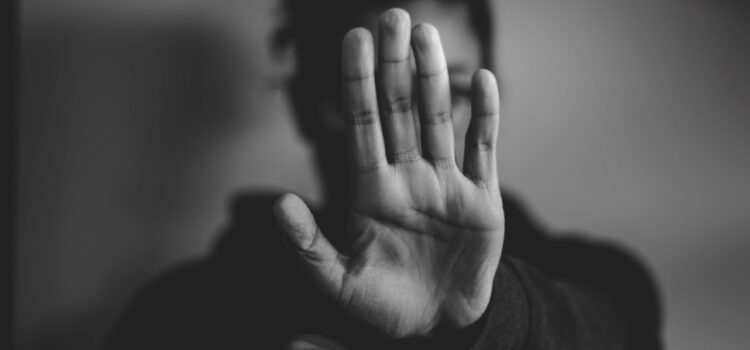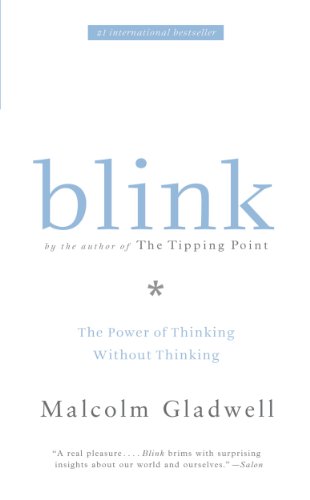

This article is an excerpt from the Shortform summary of "Blink" by Malcolm Gladwell. Shortform has the world's best summaries of books you should be reading.
Like this article? Sign up for a free trial here .
What is implicit racial bias? How can implicit racial bias be challenged if, by definition, it “lives” in the unconscious?
Implicit racial bias refers to racist beliefs, attitudes, and stereotypes that people harbor without their awareness. In other words, implicit bias is unconscious. Because our unconscious minds are extremely suggestible, we can address our unconscious biases through priming.
Keep reading to learn about implicit racial bias, how it’s detected, and how it can be overcome.
Understanding Implicit Racial Bias
Our attitudes about race and gender operate on two levels.
- Our conscious attitudes are what we choose to believe and how we choose to behave. They are the source of our deliberate decisions.
- Our unconscious attitudes are our unthinking, automatic associations.
Mismatches between these two levels can lead us to behave in a biased manner even when we think we’re being impartial.
Measuring Implicit Racism: The Implicit Association Test
To show that our unconscious attitudes don’t always match up with our conscious beliefs, Gladwell introduces the Implicit Association Test (IAT). The IAT is a tool that attempts to measure the unconscious associations that people have with certain categories, for example, gender or race. The creators of the IAT argue that it can uncover your implicit racial bias through the measurement of your reaction time. Are you faster to react when pairing positive words, such as “wonderful,” with white faces or black faces? How about negative words such as “evil”? (You can find the IAT online at www.implicit.harvard.edu if you’re interested in trying it.)
Regardless of their stated beliefs, more than 80% of IAT-takers have “pro-white associations.” In other words, it takes slightly longer for most people to put words like “glorious” and “wonderful” in the “African American” category than to put words like “hurt” and “evil” in the same category.
This doesn’t just apply to test-takers who aren’t African American—50% of more than 50,000 African Americans tested have pro-white associations.
Unconscious racial and gender attitudes still matter, regardless of the conscious attitudes we articulate.
The Implications of Implicit Racial Bias
As Gladwell points out, the implications of a mismatch in conscious and unconscious beliefs are unsettling. When we act automatically, we depend on our implicit attitudes. If you have strong pro-white associations, you’ll act differently around someone who’s Black, and you probably won’t even be aware that you’re behaving differently. You might, for example, show less positive emotion or make less eye contact.
Let’s say you’re a Black woman explaining your symptoms to a white male doctor with pro-white associations. Your unconscious mind picks up on the doctor’s subtle distance and lack of eye contact, and you lose confidence and start struggling to articulate your thoughts clearly. The doctor’s unconscious mind picks up on this. He gets the gut feeling that you’re making up or exaggerating your symptoms, perhaps guessing that it’s to get access to a particular medication. He sends you away without a prescription—leaving you suffering and reinforcing his own unconscious pro-white associations.
Our unconscious racial and gender attitudes matter, regardless of the conscious attitudes we articulate.
| Implicit Racial Bias in the Criminal Justice System In Biased, social psychologist Jennifer Eberhardt examines the social and neurological mechanisms involved in implicit racial bias. She shows how our brain’s normal instinct to categorize can lead us to make erroneous associations between race and threat. As an example, Eberhardt describes a 1976 study that found that when people watched a video of a fake argument in which a white person physically pushed a black person, only 17% of viewers classified the white person as violent. When the black person pushed the white person, 75% of viewers said the black person was violent. Eberhardt’s work shows that these implicit associations carry over to the criminal justice system. For example, Black drivers are far more likely than white drivers to be pulled over by police for minor violations, even though most of these police don’t hold explicitly racist attitudes. Black people who are convicted of crimes receive harsher penalties for the same crimes than white criminals, including a higher rate of death penalty sentences. |
What Can You Do to Change Your Unconscious Biases?
How do you fix something that happens below the level of conscious thought? Gladwell argues that you can retrain your implicit assumptions by being aware of them and actively using your conscious mind to counter them. For example, you can:
1. Use priming to your advantage.
Gladwell suggests that if you’re about to take the IAT, or to do anything in which unconscious racial bias might be activated, you strategically look at images of successful people of color before starting. Doing this, he says, will prompt your unconscious to make positive associations.
(Shortform note: The priming may not need to be so specific. In one study, people who were primed to think about shared human experiences across cultures showed lower anti-Arab bias. In this study, two different forms of priming were effective. The first was looking at pictures of people in different cultures engaged in normal social activities, while the second was thinking about meaningful childhood memories that might be shared across cultures.)
2. Change your experiences.
Your unconscious attitudes are based on your environment and the accumulation of prior experiences. To change your unconscious attitudes, Gladwell says you need to change your environment and experiences.
When you become aware of an implicit association that’s discriminatory—perhaps you take the race section of the IAT and you’re one of the 80% of people tested who have a white preference—Gladwell suggests that you alter the association by exposing yourself to people who counter your implicit biases. Read books, watch movies, and become familiar and comfortable with cultures that your unconscious mind discriminates against. You’re training your unconscious mind to change its opinion.
(Shortform note: Many authors who examine racial prejudice would argue that mere exposure isn’t sufficient to change unconscious attitudes. In So You Want to Talk About Race, for example, Ijeoma Oluo argues that conscious engagement, especially through difficult conversations that are specifically about racial issues, is key in changing attitudes.)
———End of Preview———

Like what you just read? Read the rest of the world's best summary of "Blink" at Shortform . Learn the book's critical concepts in 20 minutes or less .
Here's what you'll find in our full Blink summary :
- How you can tell if a marriage will fail, within 3 minutes
- Why your first impressions are usually surprisingly accurate
- The dark side to making first impressions, and how to avoid the,






